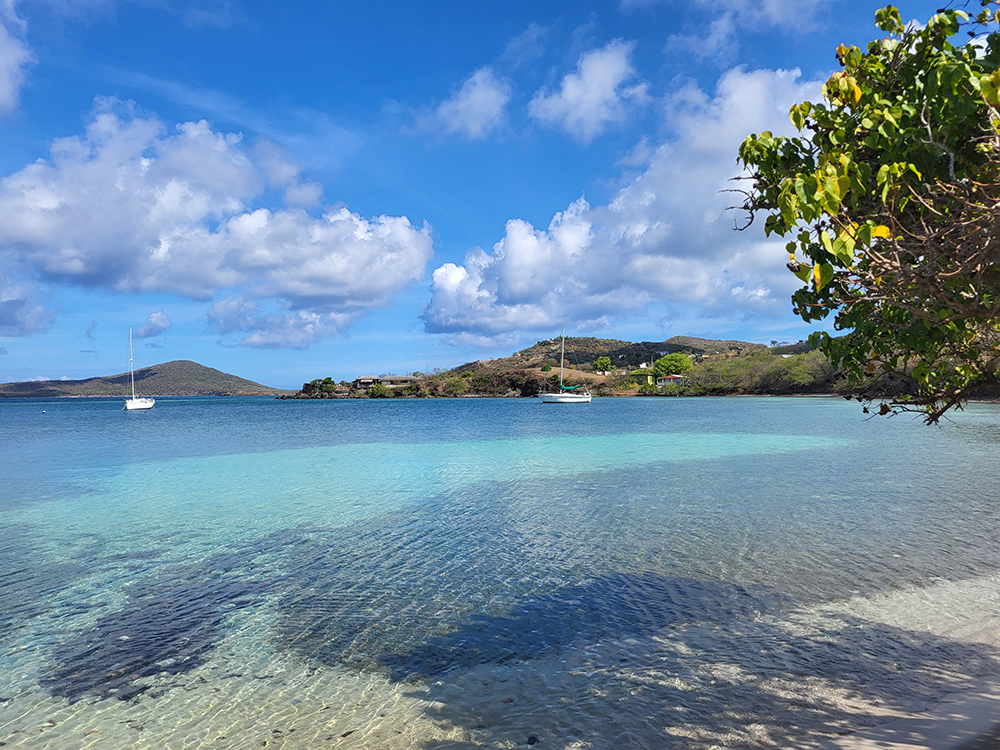
Last month, NCCOS scientists and partners began a program to monitor land-based sources of pollution that threaten coral ecosystems around Culebra, a populated island about 18 miles east of Puerto Rico’s mainland.
Excess nutrients and sediments from unpaved roads, failing wastewater treatment systems, and coastal development have taken their toll on nearshore coral ecosystems around Culebra, and NOAA and other organizations have taken actions in recent years to address the problem. The monitoring program will help determine whether these corrective actions are succeeding.
NCCOS, NOAA’s Restoration Center, and Protectores de Cuencas (a local NGO) are collaborating on the monitoring, which will measure key water quality parameters in streams and coastal waters monthly for at least one year. Project data will allow coastal managers to assess the efficacy of ongoing and planned efforts to stabilize roads and improve wastewater treatment. The new monitoring program is funded in part by NOAA’s Coral Reef Conservation Program.
In 2011, NOAA launched the NOAA Habitat Blueprint to address the growing challenge of coastal and marine habitat loss by integrating habitat conservation projects throughout the agency, focusing efforts in ten key locations (Habitat Focus Areas), and leveraging internal and external collaborations to achieve measurable benefits within a short time frame. In 2014, NOAA selected Puerto Rico’s Northeast Marine Corridor and Culebra Island as the Caribbean region’s Habitat Focus Area (HFA) to apply the principles of the Habitat Blueprint.
The Northeast Marine Corridor and Culebra Island HFA encompasses a variety of ecosystems in a small geographic area — coastal forests, wetlands, perennially bioluminescent lagoons, seagrass beds, shallow and deep coral reefs, and miles of pristine nesting beaches for the Leatherback and other sea turtles. Gravely threatened corals, including those protected under the Endangered Species Act, fringe the island and provide habitat to recreationally and commercially important fish, such as grouper.
